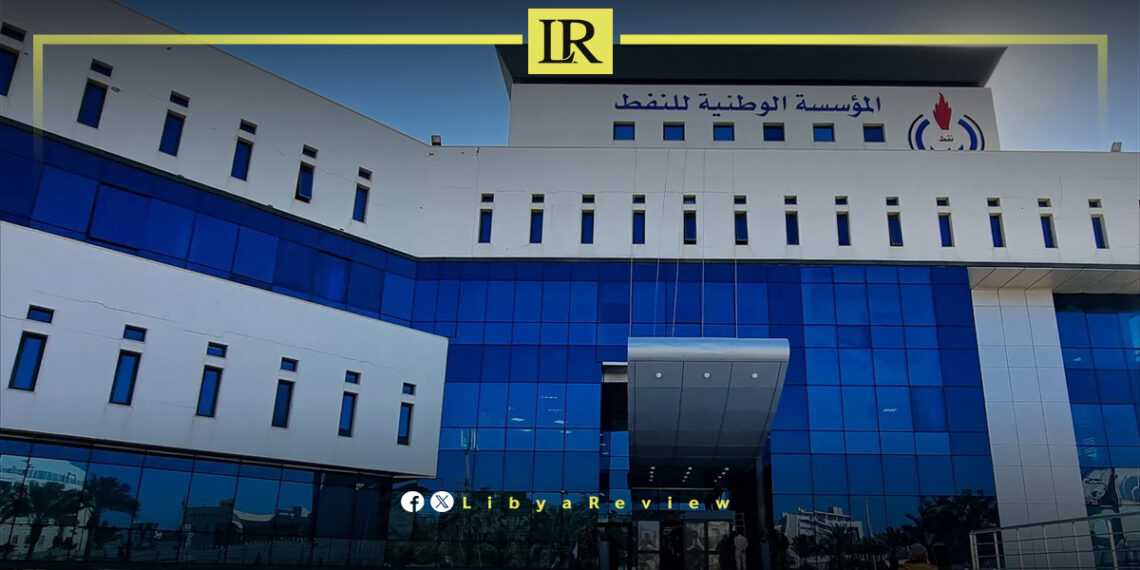Libya’s National Oil Corporation (NOC) has released new data confirming six oil and gas discoveries recorded during 2025, reflecting continued progress in exploration activity across multiple onshore basins.
The findings represent a notable addition to Libya’s recoverable reserves and support ongoing national objectives to expand production capacity and secure long-term energy output.
According to NOC figures, the discoveries were made at drilling depths ranging between 8,991 and 12,500 feet and were achieved through exploration programs carried out by AGOCO, OMV, Sirte Oil Company, and Sonatrach. Each well underwent geological evaluation and preliminary reservoir assessment, with several demonstrating commercially viable flow rates during testing.
AGOCO reported three discoveries in the Mumniyat, Al-Libidam, and NC4 areas. Estimated reserves for these wells range from 5 to 19 million barrels of oil, in addition to associated gas volumes reaching up to 9 billion cubic feet. One of the wells recorded a successful test output of 4,675 barrels of oil per day and approximately 2 million cubic feet of gas per day.
OMV confirmed a discovery in the Upper and Lower Plains with test production of 4,200 barrels of oil per day and 2.6 million cubic feet of gas per day. Estimated recoverable reserves for this location exceed 20 million barrels of oil. The Sirte Oil Company announced a discovery in the Rashmat and Al-Karash Al-Abyad formation, with preliminary reserve assessments indicating roughly 7.8 million barrels of oil.
Sonatrach reported the largest discovery of the year, located in the Mumniyat region. Reserve estimates for this well indicate approximately 122 million barrels of oil and 47 billion cubic feet of gas. Early testing produced 1,344 barrels of oil per day and nearly 1.9 million cubic feet of gas per day.
The NOC stated that the discoveries contribute to strengthening national reserve levels and support Libya’s broader production strategy. The corporation emphasized that continued exploration remains essential for increasing output, enhancing field performance, and attracting long-term foreign investment. Several wells remain under evaluation pending further geological and economic analysis.
Energy analyst Ali Al-Farsi noted that Libya’s exploration activity continues to yield positive technical results despite limited state funding. He added that the discoveries may help maintain current production, estimated at 1.3 to 1.4 million barrels per day, and support gradual expansion in line with national targets.
Libya’s Minister of Oil and Gas, Khalifa Abdulsadek, has reiterated plans to increase production to 1.6 million barrels per day in 2026, 1.8 million in 2027, and 2 million within five years as part of a long-term sector development strategy.


